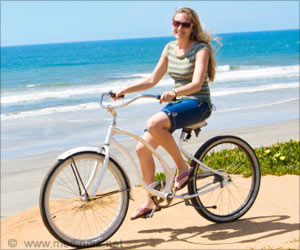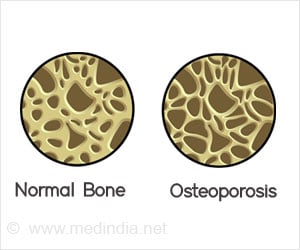A new tool provides beach health managers with an easily accessible computer model to predict harmful bacteria levels from all potential pollution sources.

The new model offers beach managers a better prediction tool to identify when closures are required to protect beachgoers from harmful bacteria.
"The development of this new model has allowed us, for the first time, to estimate contamination levels on beaches subject to non-point source pollution, in particular from beach sand and runoff from storms," said the authors of the study published in the journal Marine Pollution Bulletin.
The new method provides beach health managers with an easily accessible computer model to predict harmful bacteria levels from all potential pollution sources.
The team optimized and validated their model using a 10-day monitoring data-set from the popular Virginia Beach in Miami, Florida.
The predictive model uses information on waves, tides, rainfall and solar radiation to more accurately predict harmful bacteria concentration and movement along the shore.
Advertisement
Therefore, a 24 to 48 hour wait period after sampling is required before any beach closure or advisory is issued.
Advertisement












